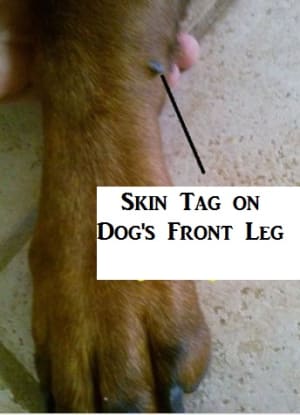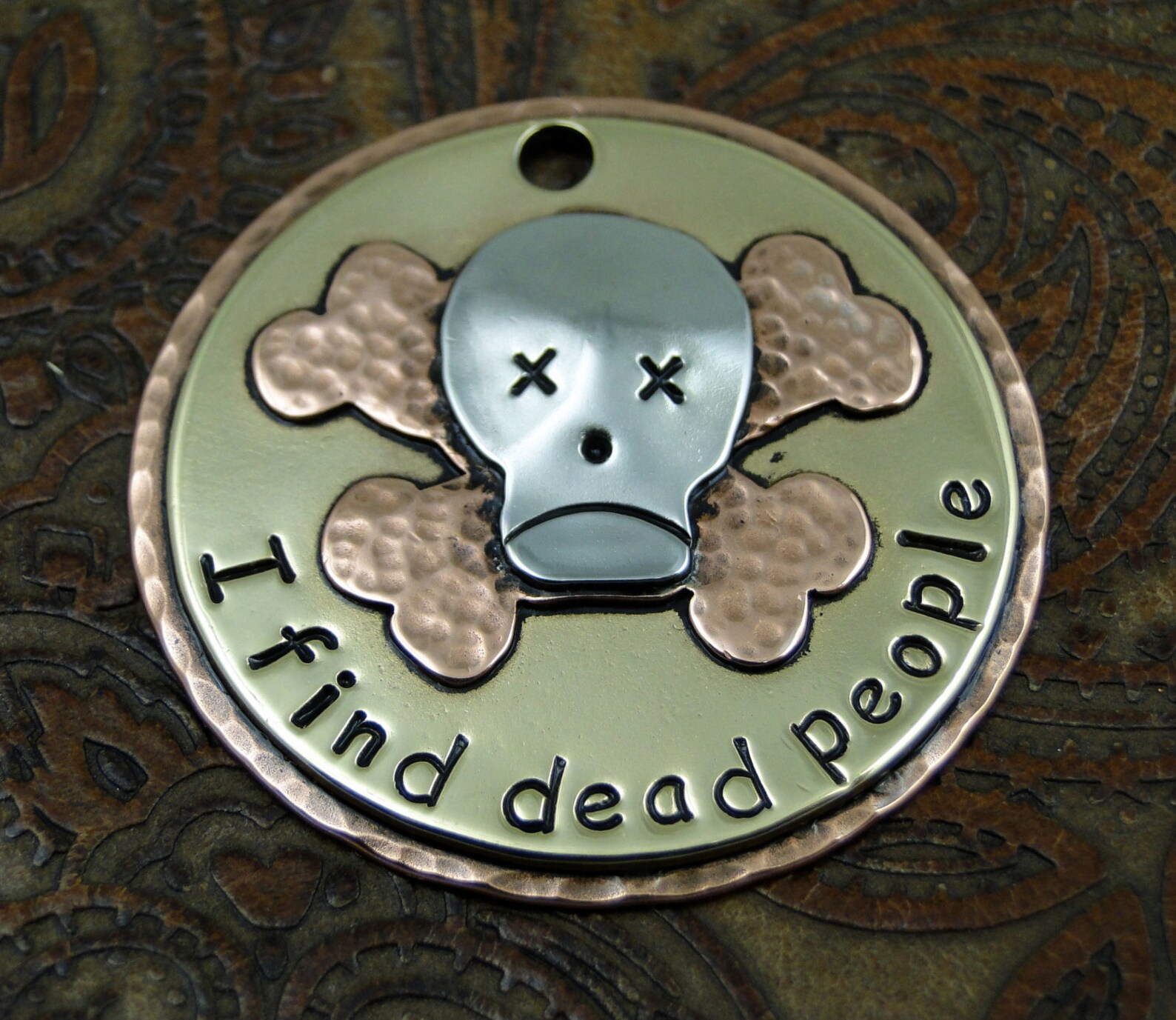

No one knows exactly why skin tags occur or the mechanisms that lead to their development. They are most common among people who are older, overweight or diabetic, and they may occur in increased frequency with dogs fitting these criteria too. As when they occur in dogs, they rarely represent a serious problem or require treatment, unless their size or location causes discomfort. Humans get skin tags all the time – some authorities claim that nearly half of the human population has at least one skin tag. Unlike warts, which are firmly attached around the base of the raised area, skin tags are usually connected by a relatively small bit of tissue, and they are easy to move around. They can be flattened, but they usually extend outward from your pet’s body. Most skin tags are the same color as your dog’s skin, although they may also be a bit darker than his base skin color. Technically speaking, skin tags are growths called fibroepithelial polyps or acrochordons. Typically your vet will anesthetize the area and then cut the tag off, but some vets prefer to freeze the tags off instead.


Some skin tags are darker in color than the surrounding skin. Skin tags essentially look like small warts, though they can vary a bit in appearance. Obviously, you should take your pup to your veterinarian for evaluation any time you notice anything unusual, but skin tags are common, and rarely require treatment of any kind. They may cause your dog a minor bit of irritation or look a bit gross to you, but that’s about it. However, most run-of-the-mill skin tags are completely harmless growths. They’re not only gnarly looking, but they’re scary too - skin growths can occasionally be cancerous. It can be unsettling to find a skin tag on your dog.


 0 kommentar(er)
0 kommentar(er)
